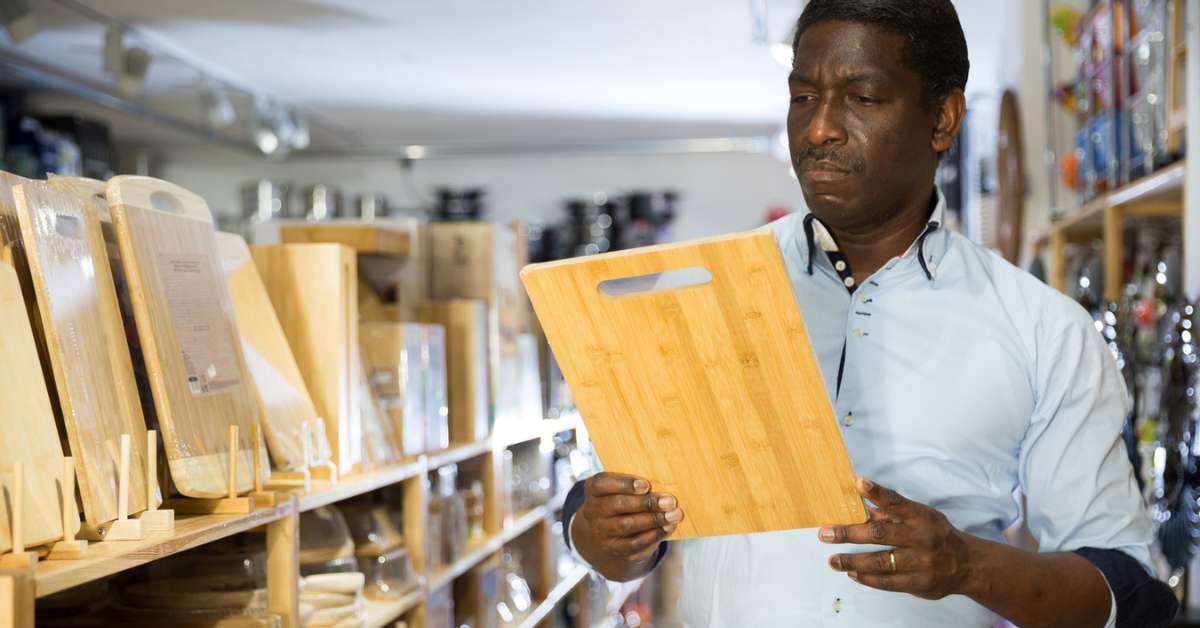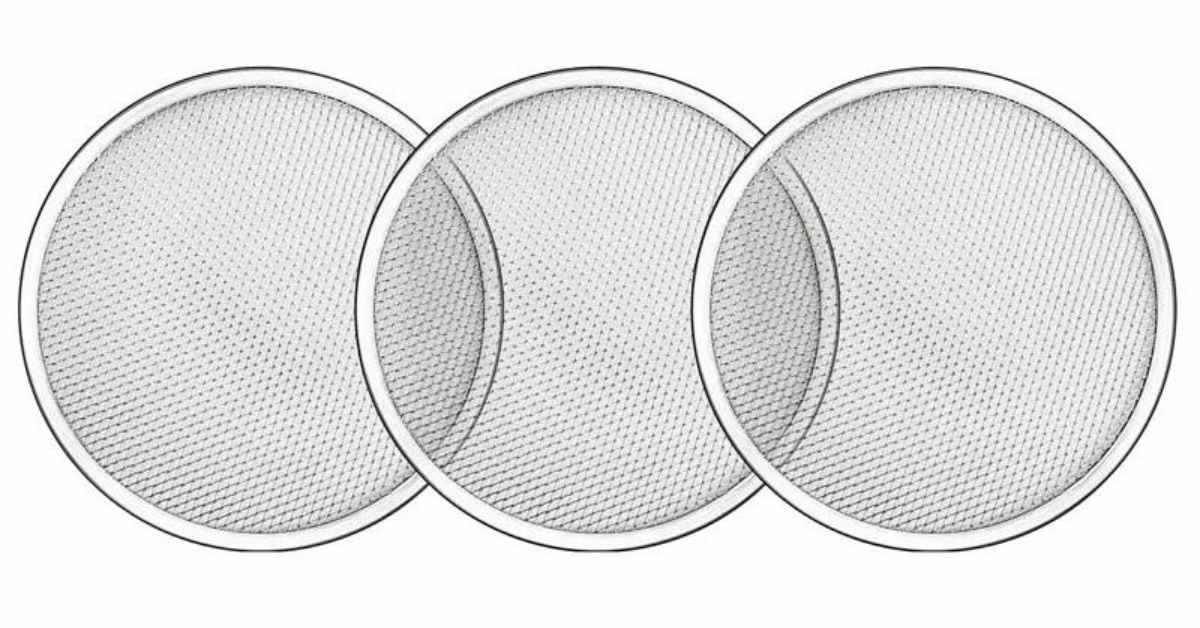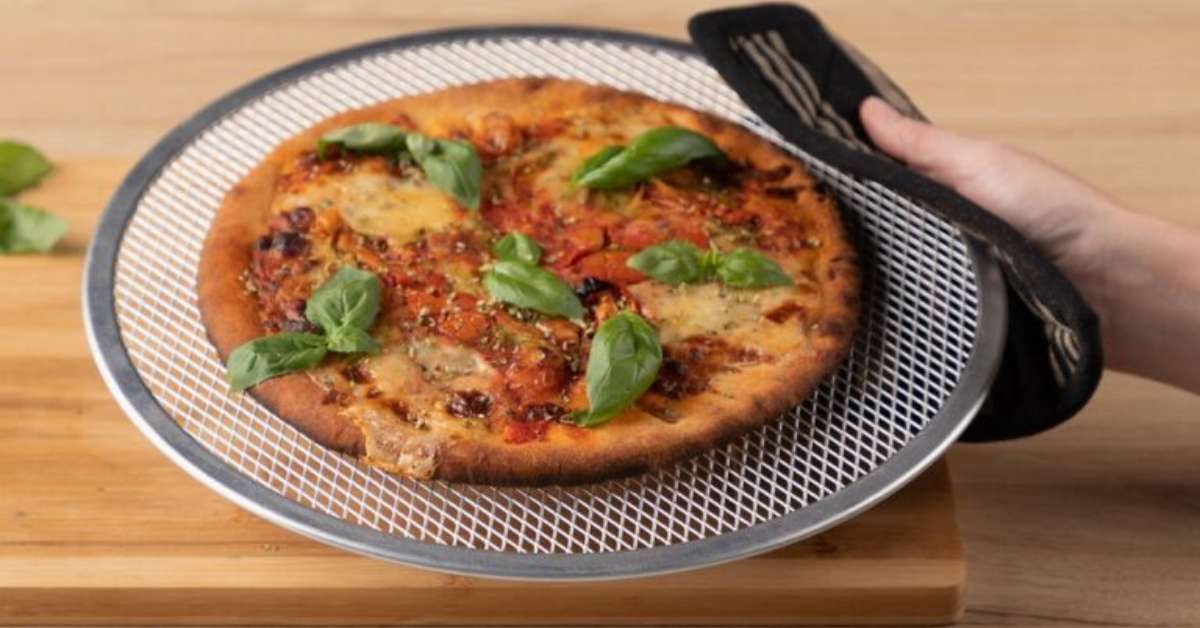A rubberwood cutting board can be an excellent addition to your kitchen, offering both functionality and aesthetic appeal. When it comes to selecting the best cutting board for your culinary needs, several factors come into play.
From the material’s durability and safety to its maintenance and size, making an informed decision can significantly enhance your cooking experience and maintain the sharpness of your knives.
Table of Contents
ToggleMaterial Matters: Why Rubber Wood?
Rubber wood is an eco-friendly and sustainable material known for its strength and durability. It’s an ideal choice for a cutting board due to its ability to resist knife marks while being gentle on your knives’ edges.
This wood type is also known for its antimicrobial properties, preventing the growth of harmful bacteria, and is often a preferred choice for those seeking a hygienic cutting surface.
Durability and Longevity
When selecting a cutting board, longevity is a key factor. Rubber wood cutting boards are appreciated for their sturdiness and ability to withstand heavy use. Their natural density and hardness make them less prone to deep cuts or gouges, ensuring a longer lifespan compared to other types of wooden cutting boards.
Knife-Friendly Surface
The density of rubber wood provides an excellent surface for cutting, being tough enough to resist knife marks but soft enough not to dull the blades of your knives quickly. This characteristic of rubber wood makes it an ideal material for maintaining the sharpness of your knives.
Hygienic Considerations
Maintaining a sanitary kitchen environment is crucial. Rubber wood possesses natural antibacterial properties, making it inherently hygienic. This wood type inhibits the growth of bacteria and other pathogens, making it a safe choice for food preparation.
Ease of Maintenance
Rubber wood cutting boards are relatively easy to maintain. Regularly oiling the surface with food-grade mineral oil helps to retain the board’s integrity and prevent it from drying out. To clean the board, gentle hand washing with mild soap and warm water is recommended. Avoid soaking the board, and placing it in the dishwasher will help prolong its life.
Size and Thickness
The size and thickness of the cutting board can significantly impact its functionality. The ideal dimensions should be chosen based on your kitchen space and cooking needs. While larger boards offer more cutting space, they might need to be more practical for smaller kitchens. Similarly, the thickness of the board can affect its weight and sturdiness.
Aesthetics and Design
Apart from its functionality, the visual appeal of a rubber wood cutting board can enhance your kitchen decor. Rubber wood’s natural grains and colors can add an elegant touch to your culinary space.
Where to Purchase a High-Quality Rubber Wood Cutting Board
When looking to purchase a rubber wood cutting board, consider reputable retailers or online marketplaces that specialize in kitchenware. Ensure the product is made from high-quality rubber wood and complies with food safety standards. Reading customer reviews and researching the brand’s reputation can guide you in making an informed decision.
Conclusion
A rubberwood cutting board is an excellent addition to any kitchen, providing durability, knife-friendliness, and natural antimicrobial properties. Its maintenance is relatively straightforward, and its visual appeal can complement your kitchen decor.
By considering factors such as material, durability, hygiene, maintenance, size, and aesthetics, you can select the best rubber wood-cutting board that meets your culinary needs.
FAQs on How to Choose A Rubber Wood Cutting Board
How do I choose a wooden cutting board?
When choosing a wooden cutting board, consider factors like material durability, maintenance, size, and hygiene. Opt for hardwoods like maple, walnut, or rubber wood for durability and knife-friendliness.
What are the cons of rubber cutting boards?
While rubber cutting boards are generally durable and knife-friendly, they may be heavier than other materials and can be more expensive compared to some other types of cutting boards.
What are ideal woods for cutting boards?
Ideal woods for cutting boards include hardwoods such as maple, walnut, and rubber wood. These woods are durable, knife-friendly, and have natural antibacterial properties.
What woods to avoid for cutting boards?
Woods that are too soft or porous, such as pine or cedar, should be avoided for cutting boards. These woods are more prone to damage and excessive knife marks and can harbor bacteria due to their porous nature.





